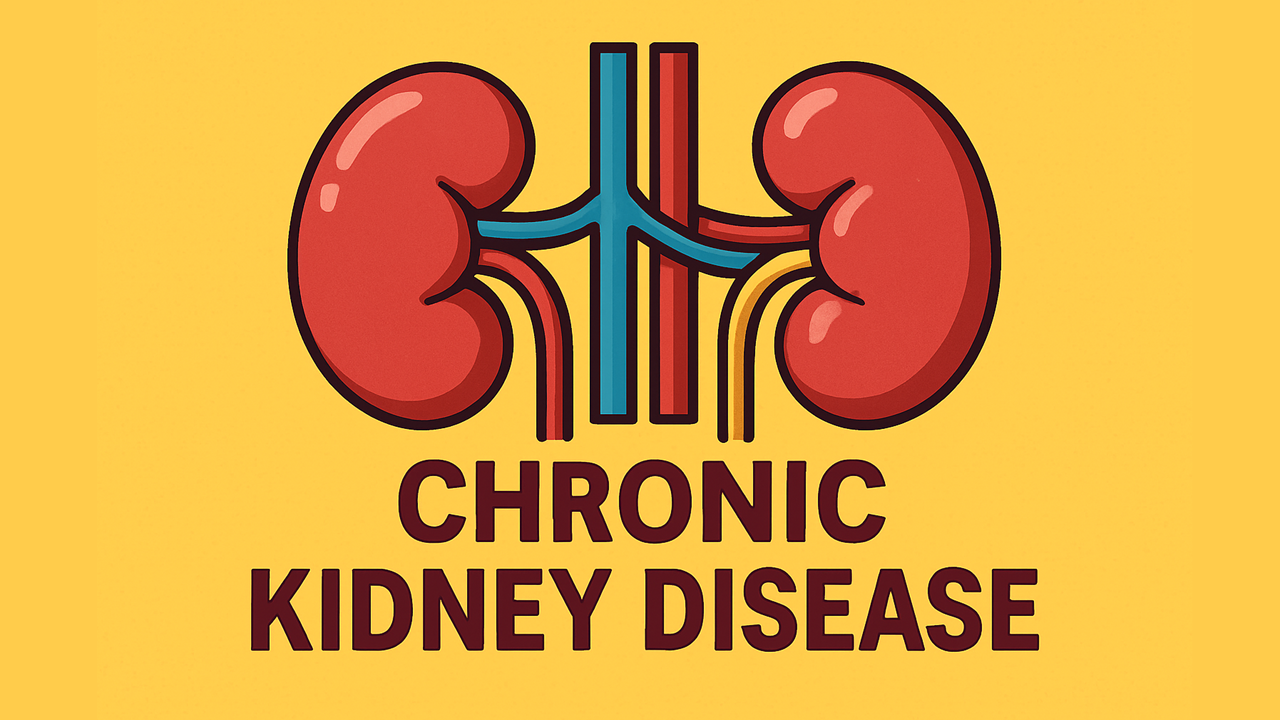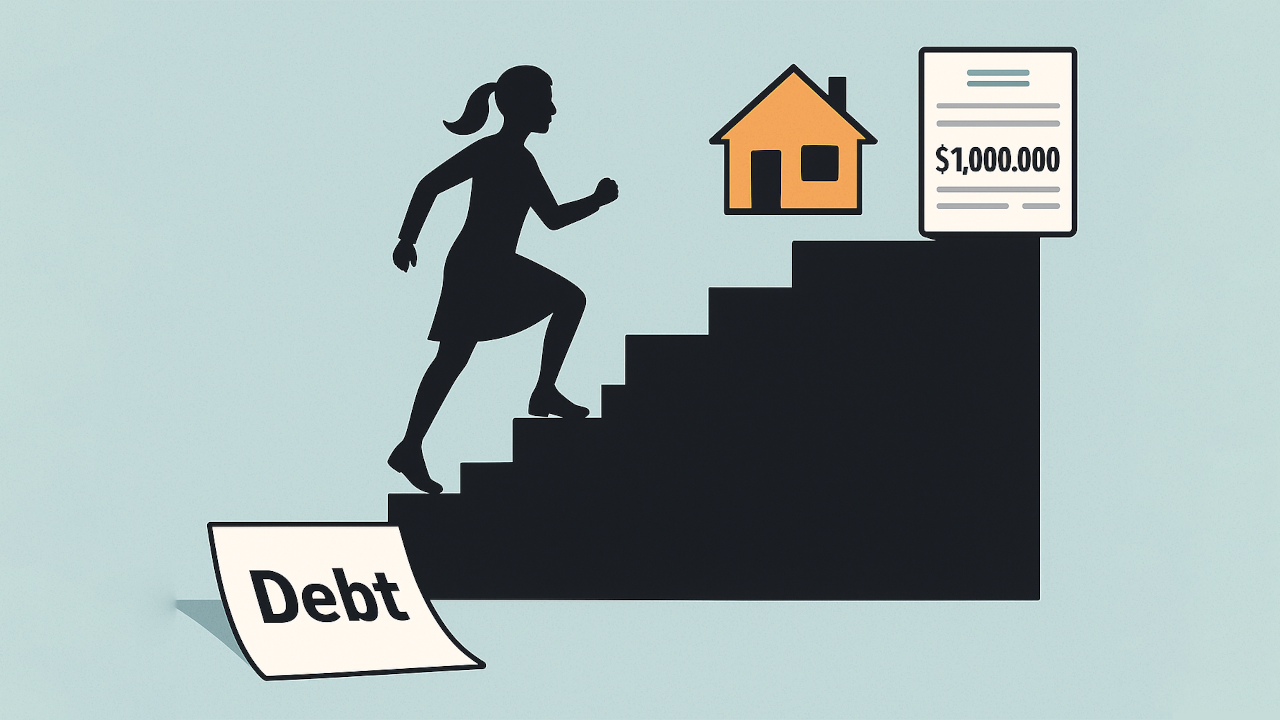How Credit Scores Actually Work in the U.S.
Credit scores often feel mysterious, yet they affect some of the most significant financial moments in your life—buying a home, financing a car, or even qualifying for certain jobs. These three-digit numbers help lenders judge whether it’s safe to let you borrow money. If a score is high, it usually signals a pattern of on-time payments and responsible usage of credit; if it’s low, lenders may worry you won’t pay them back. As a result, a few points on a credit score can make the difference between being offered a favorable interest rate or facing denial for the loan you want. Understanding exactly how these scores are put together can demystify the entire lending process and help you be in control of your financial well-being.
Many people, however, never see past the surface. They know a higher score is “good,” but not why or how to make it happen. Myths abound—like believing high income alone guarantees a high score, or that carrying a monthly balance somehow boosts it. Some discover too late that missing a single payment can drop their score substantially, or that closing a long-standing account might negatively affect them. These gaps in knowledge can lead to confusion or mistakes that cost real money over time. The truth is that while credit scores rely on complex formulas, their building blocks—payment history, utilization, length of credit, and more—are straightforward once explained.
In here, we aim to break down those complexities into clear, manageable insights. We’ll clarify the difference between leading scoring models like FICO and VantageScore, point out the major factors each model weighs, and debunk persistent myths that hold many consumers back. Throughout, the core message is simple: you can shape your own credit journey by using credit responsibly and focusing on the behaviors that truly matter—paying on time, avoiding overborrowing, and checking your credit reports regularly. With that foundation, let’s begin with the basics of what a credit score is and why it’s so critical in the U.S.
What Is a Credit Score and Why Does It Matter?
A credit score is a three-digit number that represents your creditworthiness—essentially how likely you are to repay borrowed money on time. Lenders rely on this score to gauge the risk of extending credit. Scores typically range from 300 to 850, with higher numbers indicating lower risk to the lender. In everyday life, your credit score can influence whether you qualify for a mortgage or car loan, the interest rates you pay, the credit cards you can get, and even approval for certain rental leases [1]. Some insurance companies also consider credit-based insurance scores in setting premiums, meaning that strong credit can lead to lower costs on coverage.
A healthy credit score opens doors to major financial products under more favorable terms. Someone with excellent credit, for instance, might lock in a significantly lower interest rate on a 30-year mortgage, potentially saving tens of thousands of dollars over the loan’s lifetime. Conversely, a person with a lower score could be stuck with higher interest or simply turned down altogether, making major purchases harder to finance. Beyond lending scenarios, some employers—especially in industries like banking—look at elements of your credit history (though not your exact score) as part of the hiring process, viewing financial responsibility as an indicator of trustworthiness.
Crucially, your credit score does not consider personal attributes like income, race, or employment status [2]. Instead, it’s built from details in your credit reports housed at the three major credit bureaus: Experian, Equifax, and TransUnion. A high-income individual could still have a poor score if they consistently miss payments, while someone with modest means can maintain an excellent score by using credit wisely. This emphasis on past behavior—payment history and usage—makes your score an objective measure of how you handle credit, separate from wealth or personal demographics.
FICO vs. VantageScore: The Major U.S. Credit Scoring Models
When Americans refer to “credit score,” they generally mean a score derived by either FICO® or VantageScore®. Both turn the data in your credit report into a single number that reflects your borrowing risk, but each has unique methods. FICO was created in the late 1980s and is used in over 90% of U.S. lending decisions [3]. Meanwhile, VantageScore emerged in 2006—developed by the three credit bureaus themselves—to offer an alternative. They both output scores in the 300–850 range, though the way they weigh various factors can differ slightly.
Similarities:
They consider similar credit report items, such as payment history, debt balances, account age, and recent credit inquiries.
Both interpret higher scores as indicating lower risk.
They categorize scores in tiers (e.g., “Excellent,” “Good,” “Fair,” etc.), though the exact cutoff points can vary.
Differences:
Minimum scoring criteria: FICO generally requires at least six months of credit history and at least one account updated in the last six months, whereas VantageScore can sometimes score consumers with thinner files. This makes VantageScore more accessible to those just starting out or with limited credit data.
Inquiry “shopping windows”: FICO lumps multiple mortgage or auto loan inquiries within a 45-day window into one, while VantageScore 3.0 uses a 14-day window. This difference means if you shop for rates over a longer stretch of time, FICO might treat those inquiries more leniently.
Scoring versions: Both FICO and VantageScore have multiple versions (FICO 8, FICO 9, VantageScore 3.0, 4.0, etc.), each introducing small rule changes.
In practice, you’ll often see a FICO Score if a lender specifically states it. Many free apps or websites provide a VantageScore for educational purposes. While the two can yield slightly different numbers, they track similarly—if you have strong credit in one model, you likely have a good score in the other, and vice versa. Understanding how each model weighs factors will help you see why your score might differ if you check it on two different platforms.
How Credit Scores Are Calculated: Key Factors and Weights
FICO Score Factors
FICO’s formula breaks down into five components:
Payment History (35%): The largest slice of your FICO Score. On-time vs. late payments, how recent and severe any delinquencies are—these shape your score the most.
Amounts Owed / Credit Utilization (30%): The second biggest factor—how much of your available credit you’re using. High utilization (e.g., near or at your limit) can signal risk.
Length of Credit History (15%): Longer is better, focusing on the age of your oldest account, newest account, and overall average.
Credit Mix (10%): A variety of account types—credit cards, installment loans—slightly benefits your score.
New Credit (10%): Recent inquiries and newly opened accounts. Too many in a short time can raise red flags.
VantageScore Factors
VantageScore 3.0 groups data differently [4]:
Payment History (40%): Again, the most crucial element—no late payments is ideal.
Credit Usage (34%): This includes utilization ratios, total balances, and available credit combined.
Credit Depth (21%): Reflects both the length of your credit history and your mix of account types.
Recent Credit Behavior (5%): New accounts, recent inquiries.
(Note: A small “Available Credit” factor (3%) is often cited, but it’s folded into the overall usage section in some references.)
Both models heavily emphasize on-time payments and low utilization—two habits that, if perfected, can keep your credit in excellent shape.
Common Credit Score Myths and Misconceptions
Despite credit scores being widely used, misinformation abounds. Here are a few myths worth debunking:
Checking your own credit hurts your score.
Reality: Self-checks are soft inquiries that have no negative effect [5]. Regular reviews help spot errors or identity theft early.Carrying a monthly balance boosts your score.
Reality: Having a balance doesn’t help; it can raise utilization and cost you interest. Paying off in full is typically best for both your wallet and your score.Income affects your score.
Reality: Scores aren’t about income, but about how well you manage the credit you have. High earners can still have low scores if they miss payments.Closing old cards is always good for your score.
Reality: Canceling a longtime account can shorten your credit history and raise utilization on remaining cards, potentially hurting your score [6].All late payments are equal.
Reality: More recent or severe delinquencies (90+ days late, for instance) do more damage. A 30-day late from years ago is less detrimental than a recent 60-day late.
Understanding the actual scoring logic—rather than relying on rumors—helps you adopt behaviors that genuinely strengthen your credit profile.
Tips to Maintain and Improve Your Credit Score
Achieving a solid credit score doesn’t require advanced tricks, just consistent, responsible practices. Here are key steps:
Pay Bills on Time, Every Time: Payment history is the top factor. Automate or set reminders so you never miss a due date. If you have any old late payments, time and ongoing punctuality are the cure.
Watch Your Credit Utilization: Keep your balances well under your limits—preferably under 30%, or even 10% if possible. This shows lenders you don’t overextend yourself.
Keep Old Accounts Open: Unless an old card has a hefty annual fee, keep it open for the sake of long credit history and added available credit.
Limit New Applications: Each new application triggers a hard inquiry that can knock a few points off. Apply only when necessary. If shopping for a mortgage or auto loan, do it within a tight window so inquiries merge into one.
Diversify Gradually: Having a mix of credit types—installment (like a car loan) and revolving (like a credit card)—can modestly help. But don’t open loans you don’t need just for “credit mix.” Let it happen naturally.
Monitor Credit Reports: Check your free annual reports (or more frequently if available) to catch any mistakes or fraud. Dispute errors to maintain accurate data, since that’s what determines your score.
Over time, these habits add up. There’s no instant fix for a poor score, but every month of consistent on-time payments and low usage pushes your score upward. Conversely, slip-ups like missing a payment or maxing a card can drag you down. So the crucial lesson is: build good habits and avoid quick credit “hacks” that might do more harm than good.
Conclusion
Credit scores underpin much of personal finance in the U.S., impacting whether you can secure favorable loans, credit cards, or even insurance premiums. Far from arbitrary, these scores hinge on straightforward data—your track record of timely payments, how much of your credit limits you tap, the age of your accounts, and how often you apply for new credit. Major systems like FICO and VantageScore might differ in detail, but both weigh similar fundamentals: pay on time and avoid high balances to position yourself for success.
Falling for common myths—like believing carrying a monthly balance helps your score—can cost you money and hamper your credit goals. The good news is that you can take control of your credit profile by focusing on those proven strategies: pay all bills promptly, keep utilization low, maintain older accounts, and be selective in new applications. Consistency is key. Over time, a stronger score emerges, opening doors to better interest rates and more financial freedom. Keeping your eye on the real scoring factors and sidestepping misinformation is all it takes to manage your credit effectively.
References
Consumer Financial Protection Bureau. (n.d.). What is a credit score, and how is it determined?
Fair Credit Reporting Act, 15 U.S.C. § 1681 et seq. (excludes personal details like race, income).
Fair Isaac Corporation (FICO). (2023). About FICO Scores - Basic Facts.
VantageScore Solutions. (2023). VantageScore 3.0 and 4.0 Model Summaries.
Federal Trade Commission. (n.d.). Credit reports and credit scores: common myths.
Experian. (n.d.). Why closing a credit card can affect your length of credit history.






























